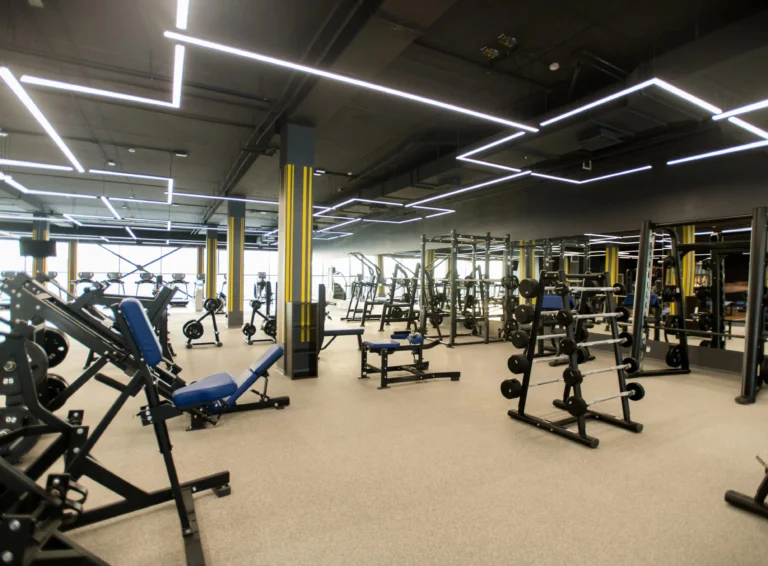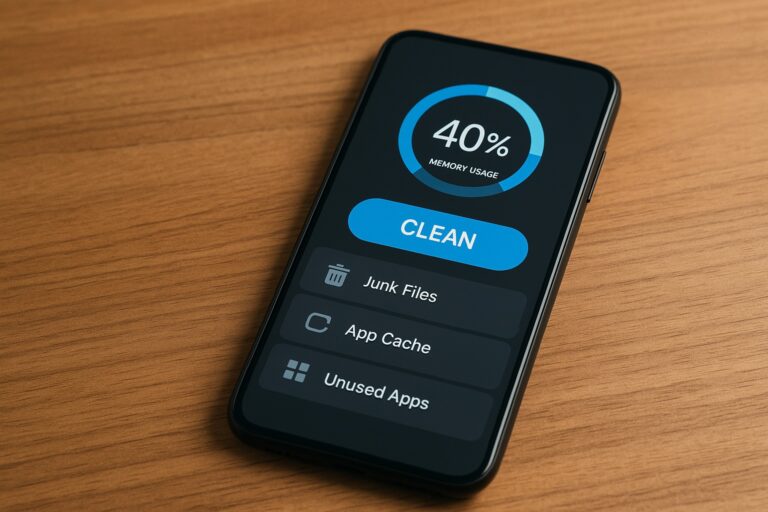Anúncios
GPS apps have become an essential part of daily life, whether you’re driving to a new city, finding a hiking trail, or navigating public transportation. But using them incorrectly can lead to delays, wrong turns, or even unsafe situations.
By learning how to use GPS apps the right way, you’ll not only get to your destination faster but also enjoy a smoother, safer journey.
Anúncios
In this step-by-step guide, we’ll show you how to get the most out of GPS apps — from choosing the best one to avoiding common mistakes that cost time and fuel.
Step 1: Choose the Right GPS App for Your Needs
Not all GPS apps are created equal.
Anúncios
- Google Maps – Great for general navigation, walking, and transit directions.
- Waze – Ideal for drivers, with real-time traffic and hazard reports.
- Apple Maps – Integrated with iOS devices for seamless use.
- Specialized apps – Like Komoot for hiking or Navionics for boating.
💡 Tip: Test a couple of apps to see which works best in your area.
Step 2: Keep Your App Updated
GPS apps improve with every update — maps get more accurate, bugs get fixed, and new features are added.
📌 Pro Tip: Enable automatic updates in your phone settings so you don’t miss improvements.
Step 3: Enable Location Services Properly
Make sure your phone’s location settings are optimized for accuracy:
- Turn on High Accuracy Mode (on Android) or Precise Location (on iOS).
- Give the app location permissions only while in use for security.
Step 4: Plan Your Route Before Starting
Before hitting the road:
- Enter your destination and check alternate routes.
- Look for estimated arrival times.
- Review any tolls or restrictions.
💡 This helps you avoid sudden detours or confusion.
Step 5: Download Offline Maps for Backup
Internet connection can fail in rural areas, tunnels, or mountains.
- In Google Maps, go to your destination area and download offline maps.
- Waze also allows limited offline routing if the route was loaded before losing signal.
Step 6: Use Voice Navigation Safely
Looking at your phone while moving is dangerous.
- Use voice navigation to receive spoken turn-by-turn directions.
- For driving, use a phone mount to keep your screen in sight without holding it.
Step 7: Be Aware of Real-Time Traffic Updates
One of the best features of GPS apps is live traffic info:
- Avoid congested areas.
- Take detours when accidents are reported.
- Waze even warns you about police or hazards ahead.
Step 8: Understand GPS Accuracy Limits
GPS signals can be affected by:
- Tall buildings (“urban canyons”)
- Dense forests
- Bad weather
- Weak phone signal
📌 Tip: In tricky areas, slow down and pay attention to landmarks.
Step 9: Combine GPS with Common Sense
GPS apps are smart but not perfect. Sometimes they suggest:
- Unsafe shortcuts.
- U-turns in risky locations.
- Longer detours that save only a minute or two.
💡 Always double-check directions and trust your judgment.
Step 10: Keep Your Device Ready
A GPS app is useless if your phone dies mid-trip.
- Charge before leaving.
- Keep a car charger or power bank.
- Use a stable mount to avoid distractions.
Conclusion
GPS apps are powerful tools that can save you time, fuel, and stress — if you know how to use them correctly. By choosing the right app, planning ahead, and combining technology with common sense, you’ll make every trip smoother and safer.
The more you practice these steps, the more confident and efficient you’ll become in navigating anywhere.
FAQs
1. Which GPS app is the most accurate?
Google Maps and Waze are consistently among the most accurate for driving in the U.S.
2. Can I use GPS without the internet?
Yes, by downloading offline maps in advance.
3. How do I make my GPS more accurate?
Enable high-accuracy mode and ensure your phone has a clear view of the sky.
4. Is GPS safe to use while driving?
Yes, if you use voice navigation and a phone mount to avoid distractions.
5. Why does my GPS sometimes take me on strange routes?
It may be avoiding traffic or construction — but always use common sense to decide.



